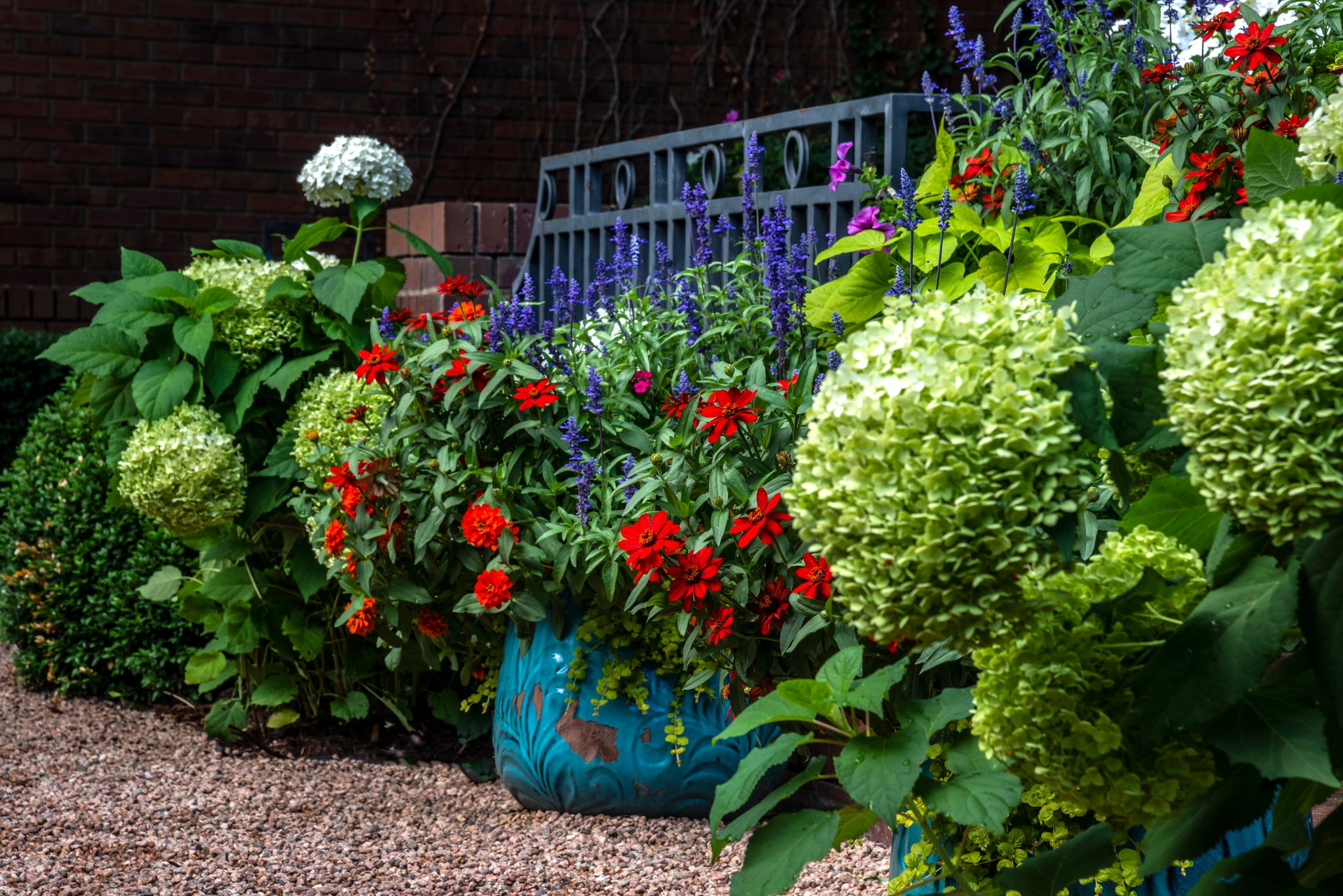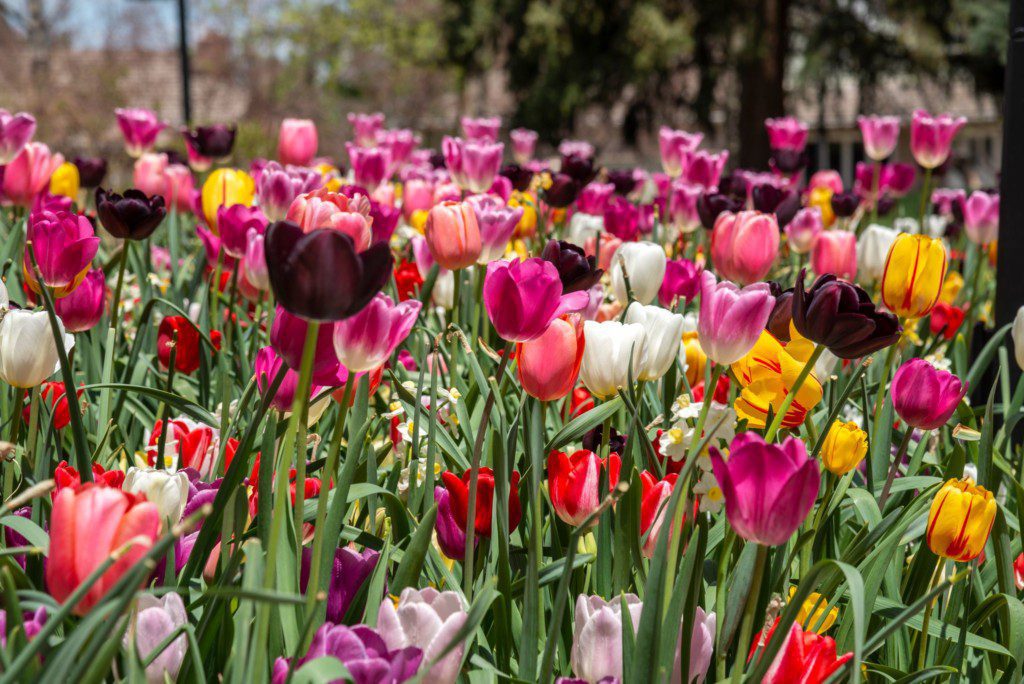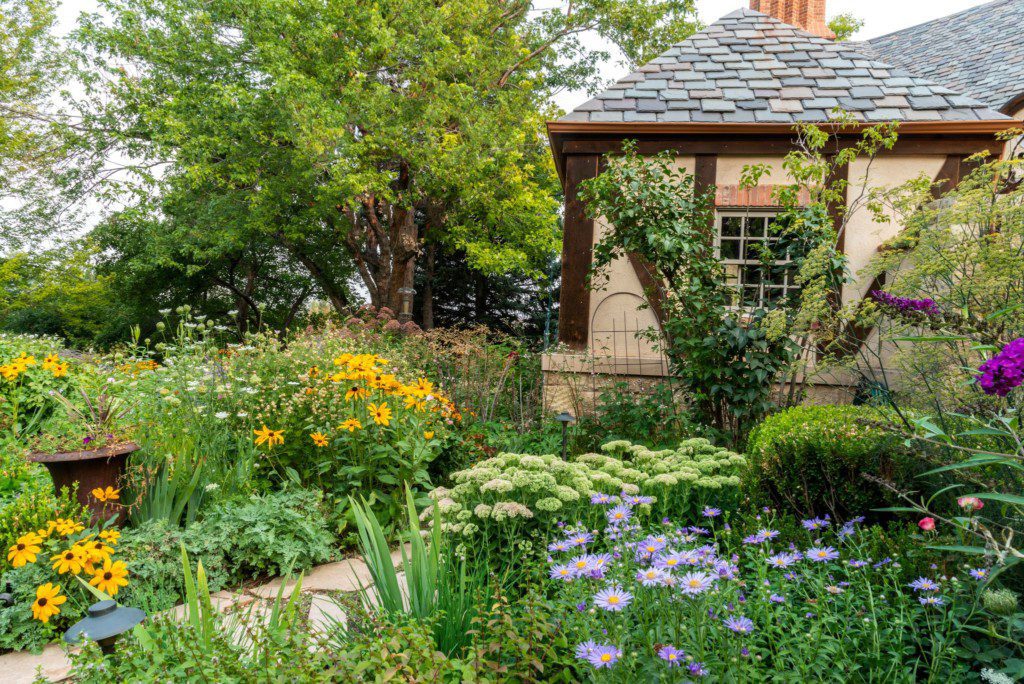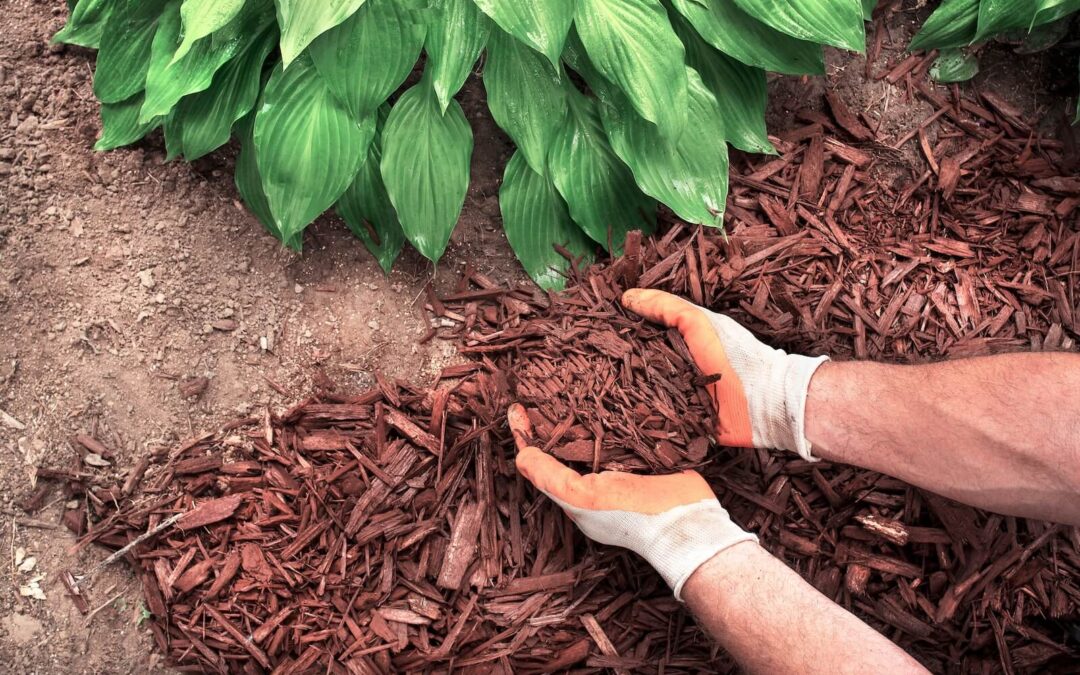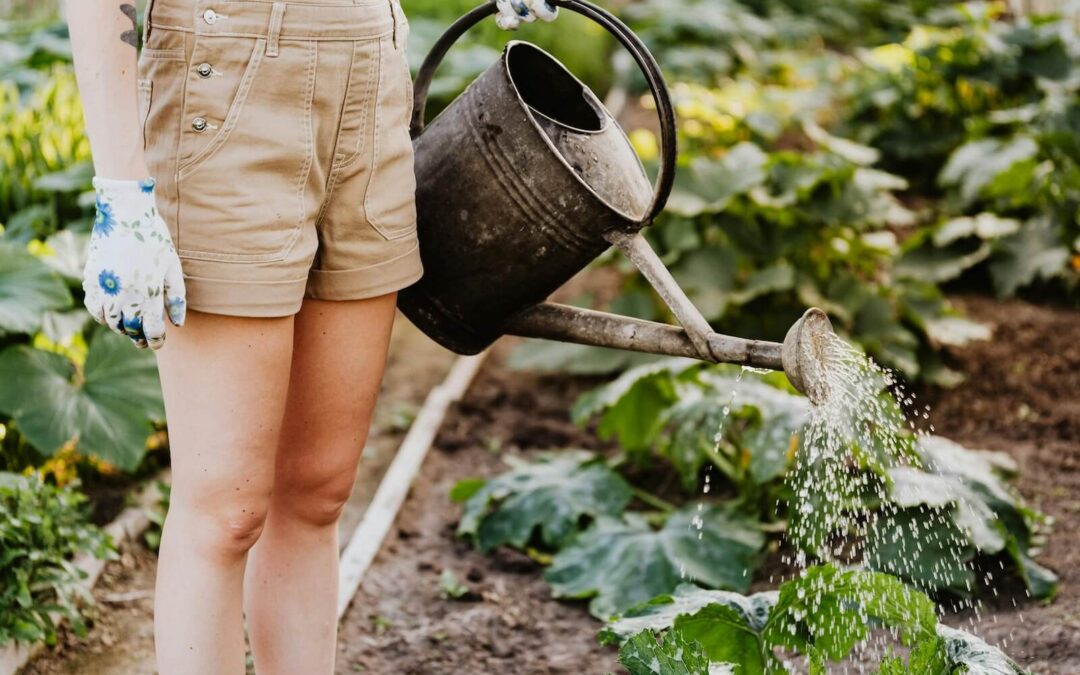Summer is an easy time for blooming in Colorado. True, our climate is on the dry side, but with the right plants and the right attention to watering, we can still create lush, abundant gardens to enjoy. But cultivating a stunner of a flower patch takes a little finesse. Here, designer Vejay Bala shares three rules to creating a summer garden that hits all the right notes.
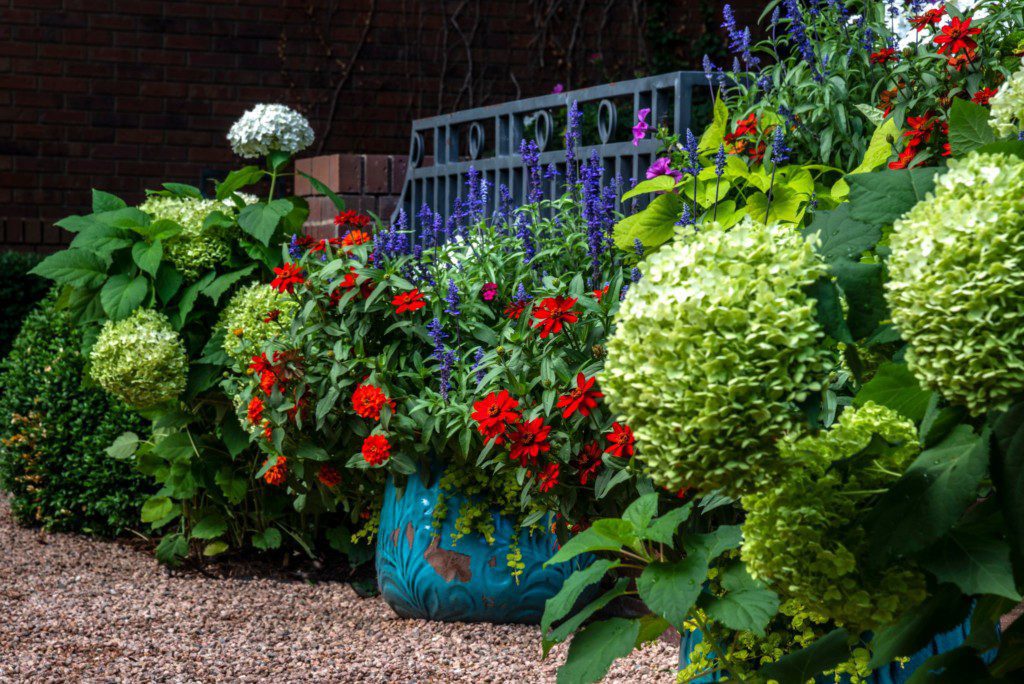
1. Mix It Up
“A diverse, mixed bed is really the way to go,” Bala says. “A well-balanced planting plan will consist of both evergreen and deciduous shrubs, along with ornamental grasses and colorful perennials. If you rely solely on one thing for interest—say, a mass planting of day lilies—it tends to get a little flat.”
Bala’s strategy: Anchor the beds with evergreens, round them out with a mixed variety of grasses and perennials and continue to extend your seasonal color by planting bulbs in late September/early October. And don’t forget to deadhead spent flowers to encourage reblooming throughout the season. “Planting both tall grasses and short creates a nice blend of verticality,” he says. “We live in Colorado; grasses work very well here. Given our native prairie environment, they help create a sense of place, which is important.”
Consider these: Globe Blue Spruce, Slowmound Mugo Pine, Blonde Ambition Grama Grass, Heavy Metal Switchgrass, Magnus Coneflower, May Night Salvia, Pikes Peak Penstemon
2. Focus On Form
When we think of summer flowers, we tend to picture vibrant colors. As we should. But the key to building a lush, eye-catching garden lies as much in the form of the plants as the hues. Colorful blooms shine brightest when there’s depth, and creating depth in your garden requires a bit of creativity in selection. “Using just colors is like cheating,” Bala says. “You should be able to take a picture in black and white and still have a really strong composition.”
That means interspersing varying shapes and forms, such as spires, daisy flowers, and umbellifers for a dramatic effect. “Combining all these different flower forms means you’re relying on how those shapes interact with each other as opposed to merely the colors,” Bala says. “It’s kind of like a downtown skyline; there’s plenty vertical visual interest to it.”
Consider these: Ivory Tower Yucca, Gayfeather, Moonshine Yarrow, Black-Eyed Susan, Whirling Butterflies
3. Be Patient
If you’re starting from scratch, don’t expect full-volume, full-color beds the first season. “A thoughtful garden is always evolving; you can’t just snap your fingers and expect instant results,” Bala says. “Any plentiful garden wasn’t done overnight. It takes multiple follow-up passes and effort.”
That means starting with a strong foundation of structural plants and filling in the negative spaces with interesting shapes and vibrant splashes of color over time. For instance, you can continue adding spring-flowering bulbs each season. As a rule of thumb, plant them three times as deep as the bulbs are wide. If you need immediate gratification (really, who doesn’t?), garden centers are always showcasing what’s in bloom; monthly visits can help you supplement your seasonal color so there’s always something in bloom.
Consider these: Orange and Lemon Blanket Flowers, Little Trudy Catmint, Little Spire Russian Sage
Landscape care requires knowledge, expertise and experience. Lifescape Colorado brings this trifecta to properties across the state. We have 45 years of experience with a dedicated team of landscape design, construction and property care and maintenance experts.
To inquire, please contact us at info@lifescapecolorado.com or call at (303)-831-8310.

